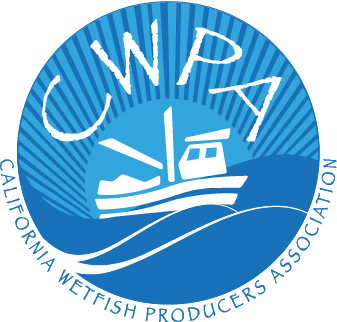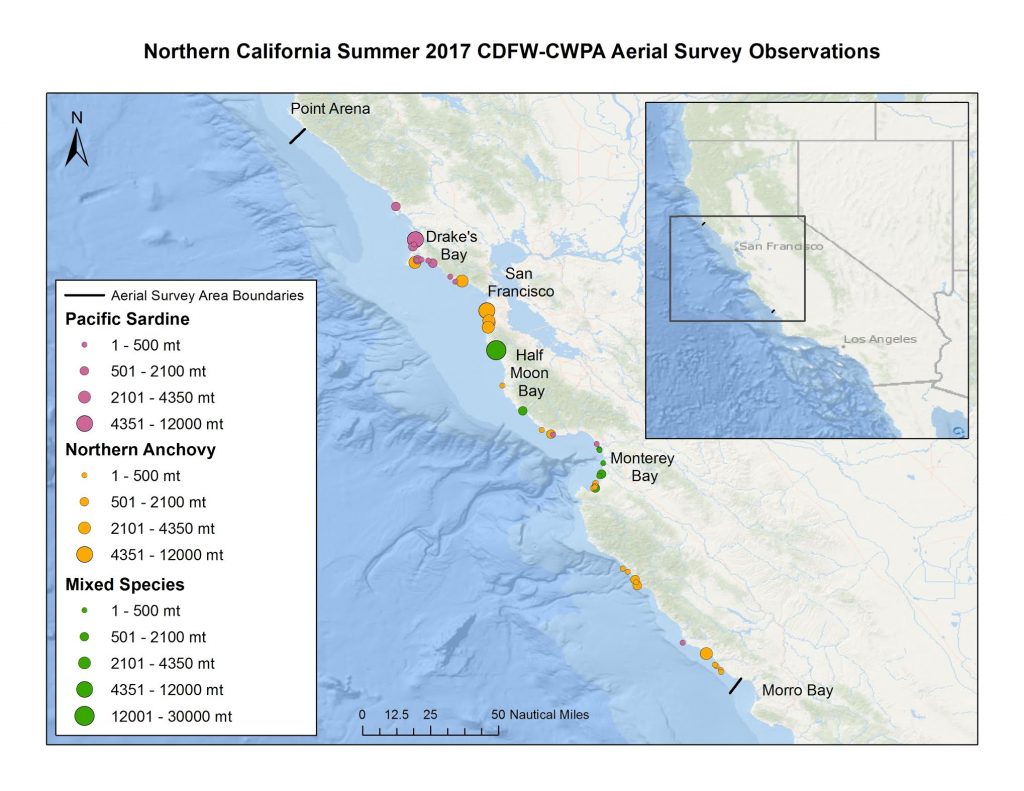April 24, 2024 — A federal judge ruled this week in favor of environmentalists who say federal agencies did not properly implement a plan to prevent overfishing of the dwindling Pacific sardine population threatened on the West Coast for decades.
U.S. Magistrate Judge Virginia DeMarchi this week partially granted a March 2023 motion for summary judgment in favor of environmentalists, saying the feds did not properly execute a plan to rebuild the Pacific sardine population and prevent overfishing by the legal deadline. However, the feds prevailed on several claims challenging how officials analyzed potential impacts on the fish population.
Oceana, a nonprofit ocean conservation and advocacy organization, challenged U.S. Secretary of Commerce Gina Raimondo, the National Oceanic and Atmospheric Administration and the National Marine Fisheries Service’s plan to improve numbers of the small, oily fish that are a schooling feast for many ocean creatures, including protected species of salmon, tuna, sharks, sea birds, seals and sea lions.
Oceana claims that the government’s plan to increase numbers of the Pacific sardine violates the Magnuson-Stevens Fishery Conservation and Management Act because officials failed to set a reasonable rebuilding target or demonstrate how the plan will prevent overfishing of the sardines.


